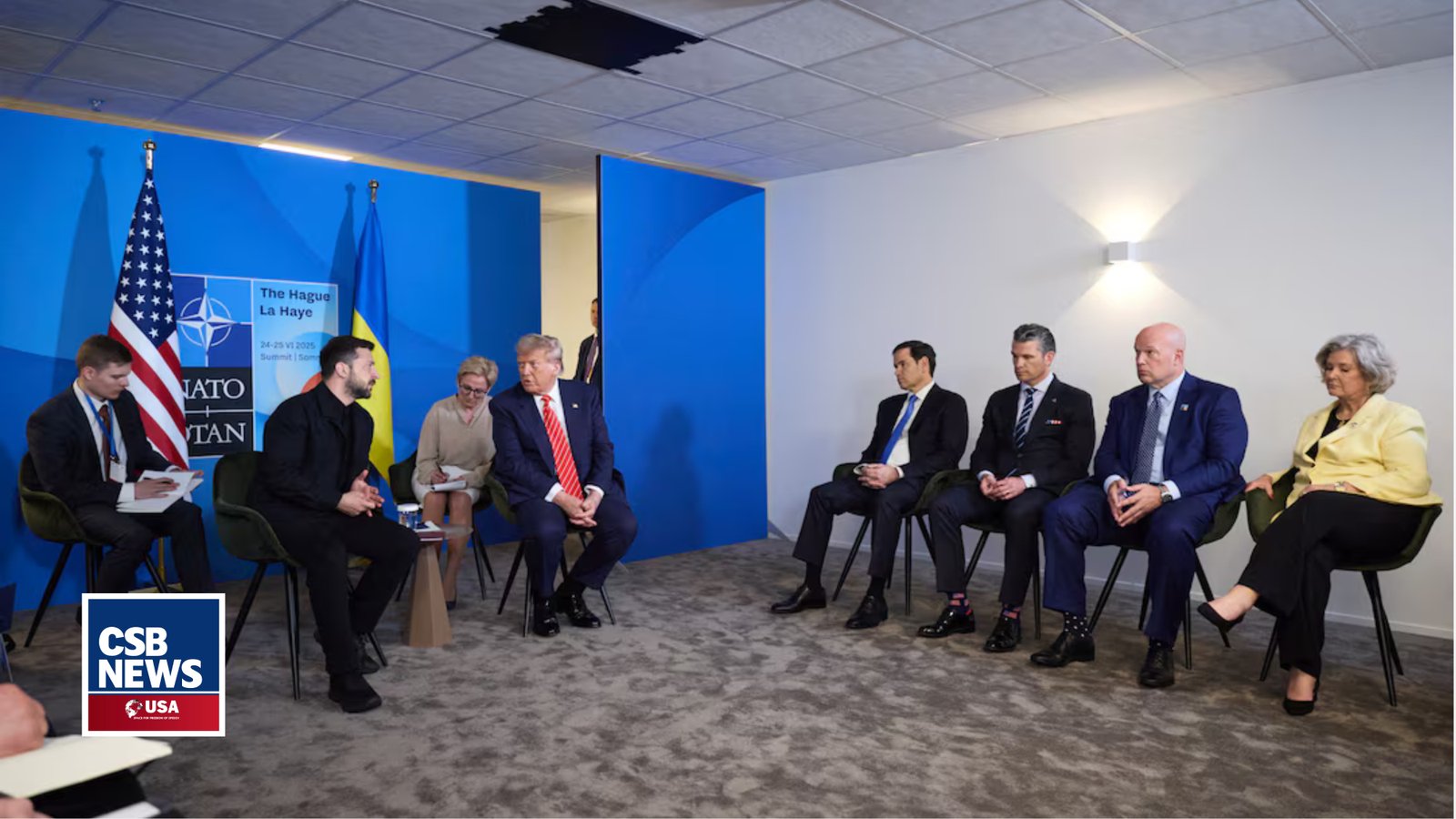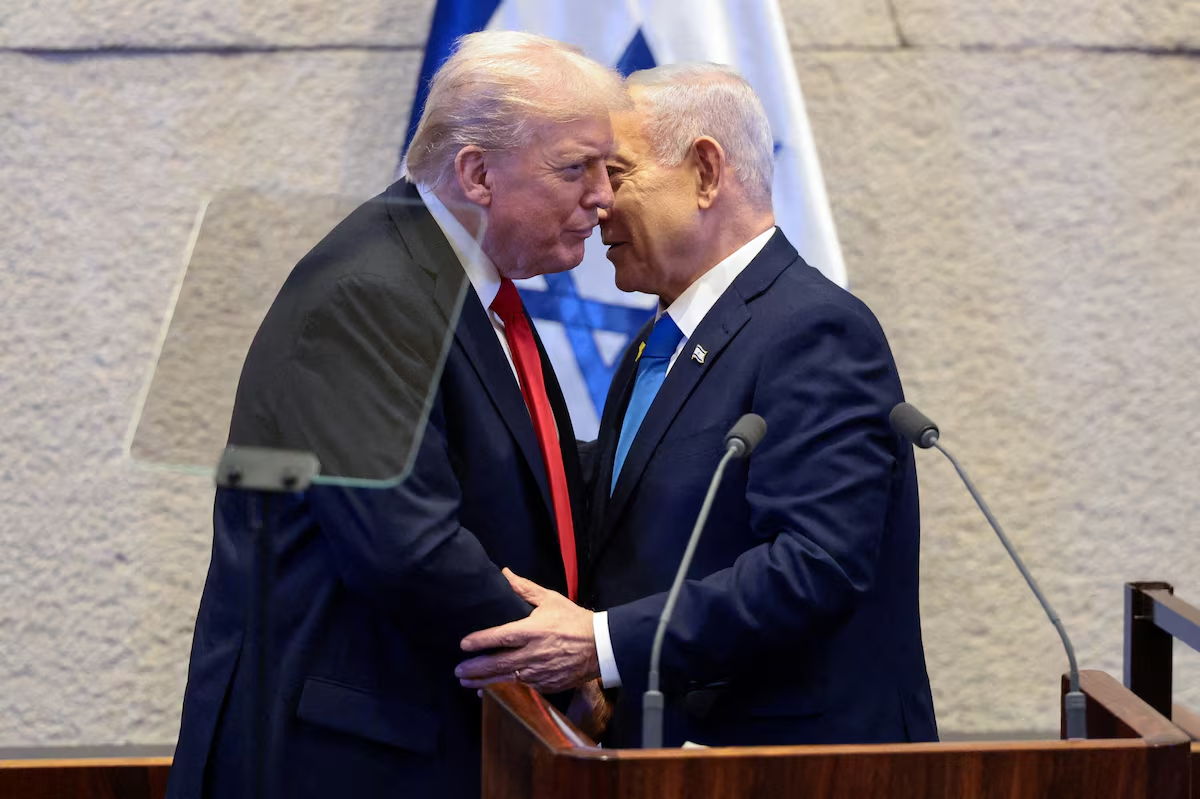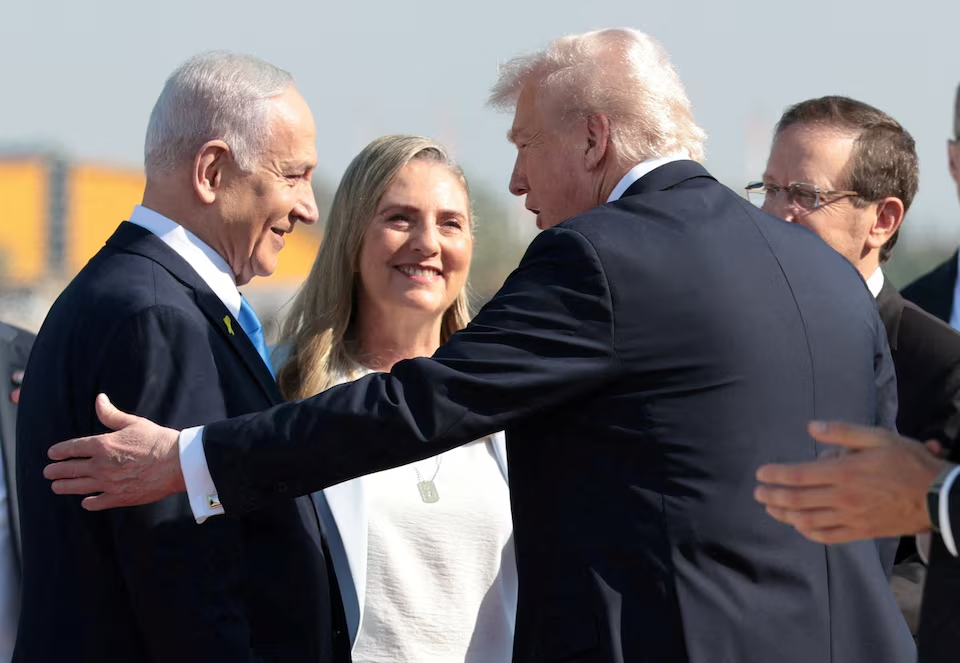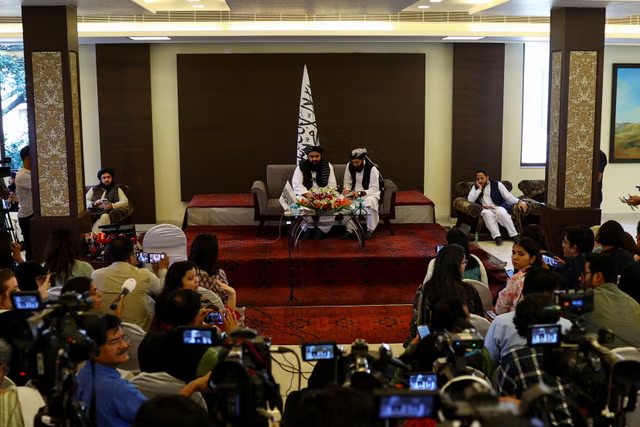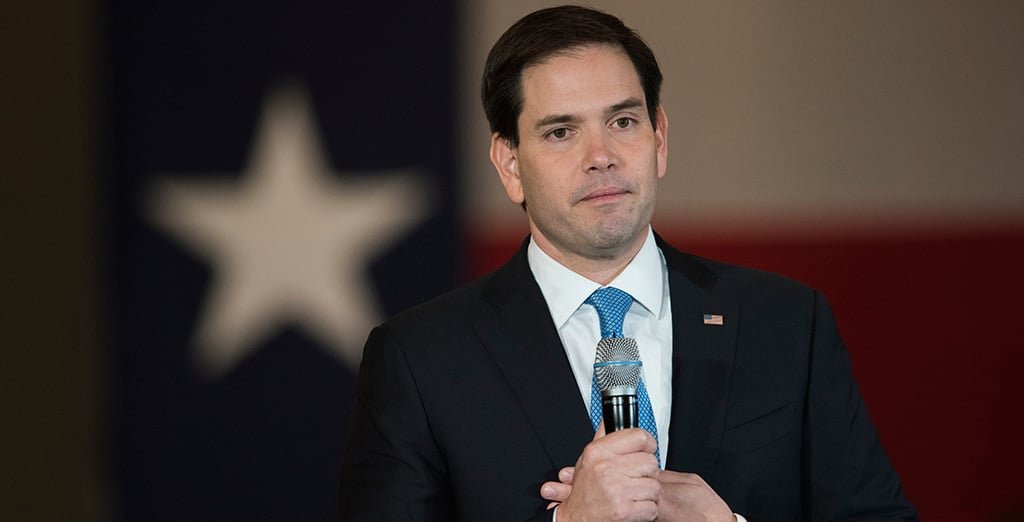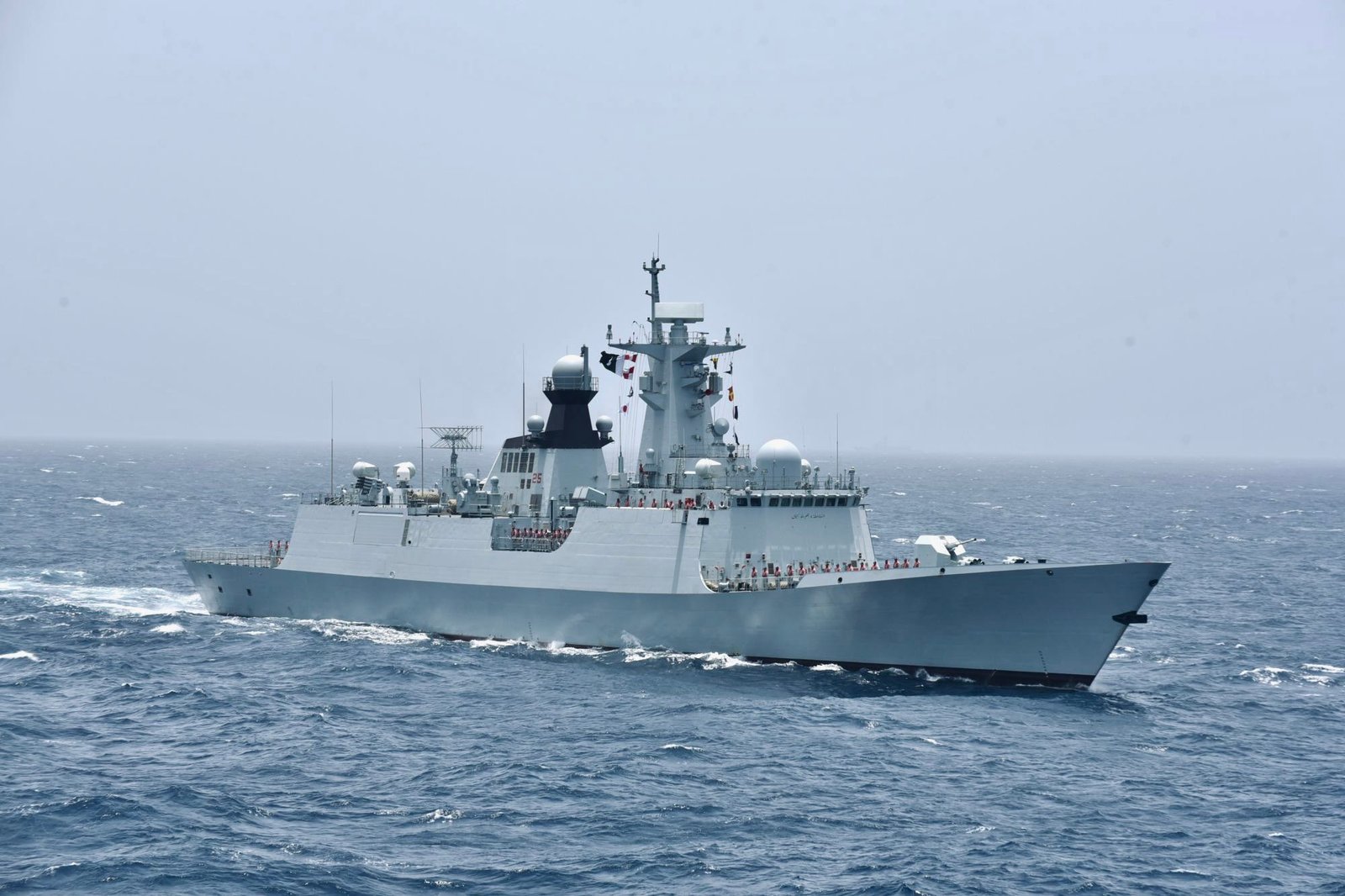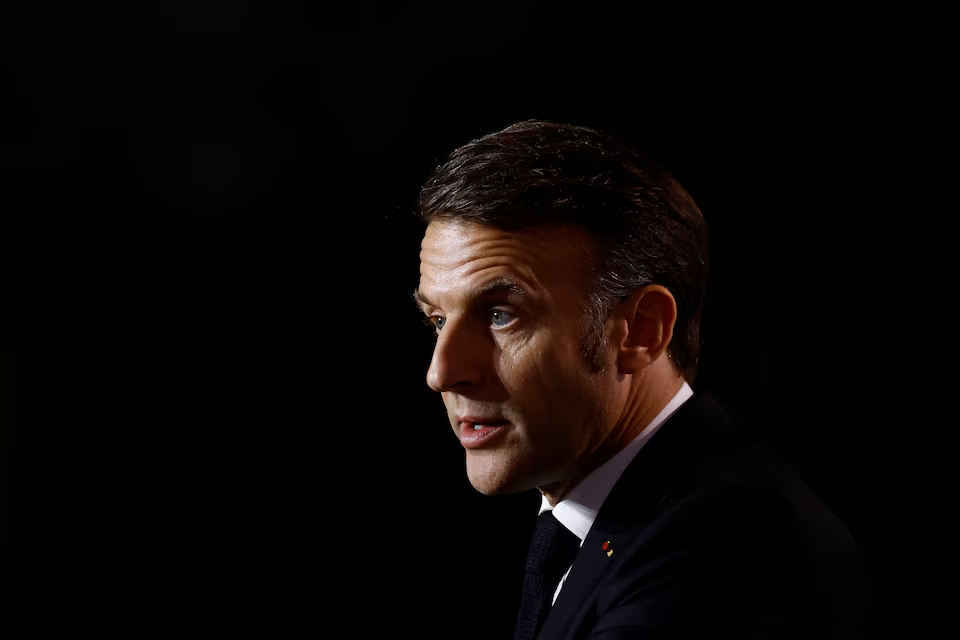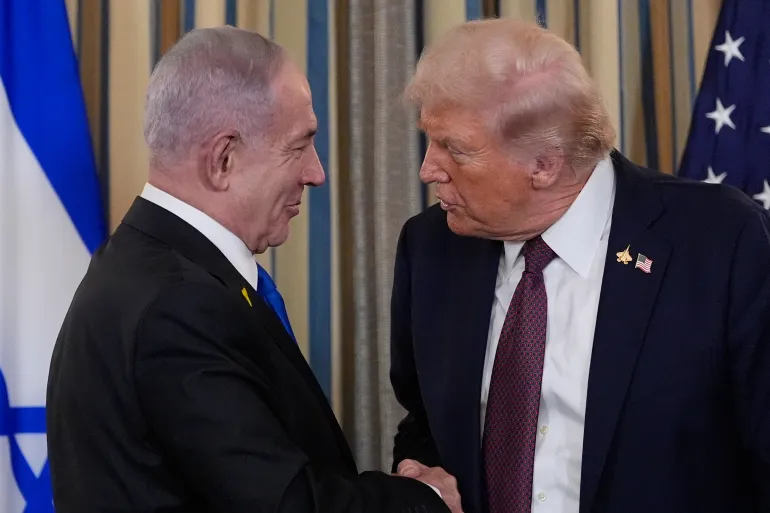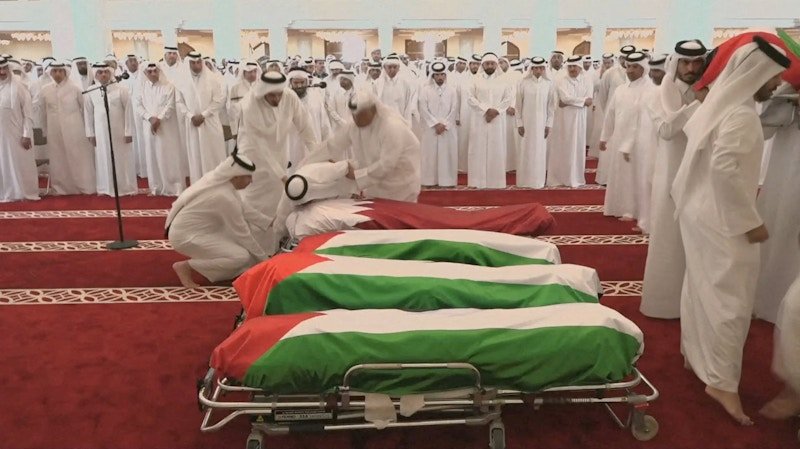European Leaders Head to Washington to Back Zelensky Amid Trump Pressure
After meeting Russian President Vladimir Putin in Alaska, Trump is now urging Zelensky to reach an agreement. On Sunday, Trump hinted at “major progress” with Russia in a social media post, though he did not provide details.
European Leaders Head to Washington to Back Zelensky Amid Trump Pressure
The leaders of Germany, France, and Britain have announced they are traveling to Washington to join U.S. President Donald Trump’s meeting with Ukrainian President Volodymyr Zelensky. The goal is to strengthen Ukraine’s position, as Trump has been pressuring Zelensky to agree to a quick peace deal.
After meeting Russian President Vladimir Putin in Alaska, Trump is now urging Zelensky to reach an agreement. On Sunday, Trump hinted at “major progress” with Russia in a social media post, though he did not provide details.
U.S. Secretary of State Marco Rubio said Trump saw enough progress to decide on holding talks with Ukraine and European leaders on Monday. He added, however, that peace would require concessions from both Russia and Ukraine.
European Support
German Chancellor Friedrich Merz, French President Emmanuel Macron, and British Prime Minister Keir Starmer held talks with allies on Sunday to bolster Zelensky’s position. Their aim is to secure strong security guarantees for Ukraine with U.S. involvement.
According to sources, at Friday’s Trump–Putin meeting, a proposal was floated under which Russia would give up some small occupied areas, Ukraine would cede a fortified portion of its eastern region, and the rest would remain along current battle lines. Such terms are expected to be extremely difficult for Ukraine to accept.
The war, now in its third year and six months, has already become Europe’s deadliest conflict in 80 years, with over 1 million people killed or wounded.
Avoiding Another February
European allies want to avoid a repeat of February’s disastrous situation, when Trump and Vice President JD Vance publicly scolded Zelensky at the White House as “ungrateful and disrespectful.”
European Commission President Ursula von der Leyen is also heading to Washington, along with Finnish President Alexander Stubb—who played golf with Trump in Florida earlier this year—and Italian Prime Minister Giorgia Meloni.
Standing alongside von der Leyen in Brussels, Zelensky said:
“We need Washington’s support. The current battle lines should be the basis of peace talks. Putin does not want to stop killing, but he must be stopped.”
Von der Leyen insisted Ukraine must receive strong security guarantees, with no restrictions on its military, and that Kyiv must be at the table in any territorial negotiations.
“I’ve said before—Ukraine must become like a steel hedgehog, indigestible for any aggressor,” she declared.
Macron, Merz, and Starmer also held an online meeting Sunday with the so-called “Coalition of the Willing,” joined by Zelensky, pushing for a three-way summit involving Trump, Putin, and Zelensky.
U.S. Position
In a CBS interview on Sunday, Rubio repeated that peace would require concessions from both Ukraine and Russia, with security guarantees set to be discussed Monday. He warned, however, that the war might not be stoppable:
“If peace is not possible, thousands more people will continue to die… we don’t want to get there.”
Putin–Lukashenko Meeting
Putin has already briefed Belarusian President Alexander Lukashenko on the Alaska talks and has also spoken with Kazakh President Tokayev.
On Friday, Trump remarked that Ukraine “has to make a deal” because “Russia is a very big power, and they (Ukraine) are not.”
Following the Alaska meeting, Trump phoned Zelensky to relay Putin’s proposal that Ukraine give up Donetsk entirely in exchange for Russia agreeing to freeze most of the front lines. Zelensky rejected the offer.
Currently, Russia controls about one-fifth of Ukraine, including three-quarters of the Donetsk region, where its forces have been entrenched since 2014.
Trump also said he and Putin agreed that a peace deal could be reached without a ceasefire—despite Trump previously insisting that a ceasefire was a prerequisite for progress.


